A group in Switzerland has been doing some interesting experiments with technology embedded in everyday objects that helps people use those objects. Two of their papers were mentioned on Engadget and I enjoyed what they had to say. One paper, Instructions immersed into the real world–How your Furniture can teach you (160K PDF) was presented at Ubicomp 2003; the other, Towards Situation-Aware Affordances: An Experimental Study (240K PDF) was presented at Pervasive 2004. Though their field is giving instructions in the everyday environment, their platform is flatpack furniture (aka IKEA):
If the user takes a wrong action, a red light pattern appears reporting a mistake. Additionally, a green flash pattern shows the right alternative. After boards have been aligned together in the right way, individual green lights direct user’s attention to the holes where the screws have to be inserted and tightened. Once the final assembly state is reached, synchronous flash patterns on all LED’s indicate that the task is finished.
Their results present some comparative experiments with the LED-augmented shelves versus the standard instructions. Their results pretty uniformly favor the augmented version:
[...] there is a measurable time gain when using LED based instructions. [...] errors during assembly can be reduced using instructions in the right place. [...] determining which part fits where is one of the main problems using today’s instructions. [...] 75% of the participants found that the LED based instructions help with exactly this problem.
They also provide a good comparison (in the 2003 paper) of embedded technology versus other kinds of technological approaches:
[Augmented Reality] is cumbersome and typically computationally expensive. Audible instructions offer a cheaper way of immersion but have to tackle with the problem of addressing the appropriate parts by a vocabulary the user is familiar with or has to learn before. There is the possibility of presenting information on a screen [...]. However, the integration of instructions with the task remains unsolved.
Of course it's unlikely IKEA's margins will allow it include this kind of technology in their furniture in the future, but it's an interesting example of how cheap (relatively, by hardware standards) can be used to augment everyday tasks and how furniture can be the conduit of that. I'd also be interested in some exploration of what the embedded technology can do in the furniture after it's been assembled. I've posted about smart bookshelves before and ThingM will be posting about them again in the near future, so this is particularly timely.
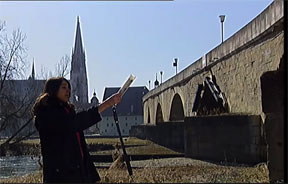
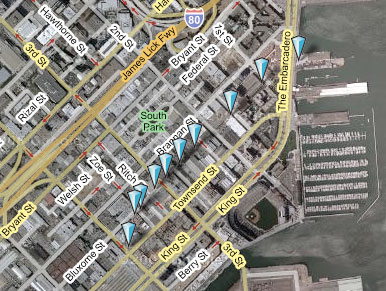
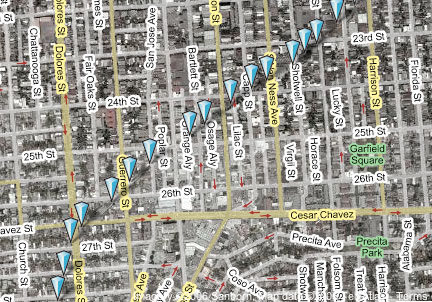
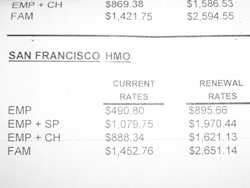

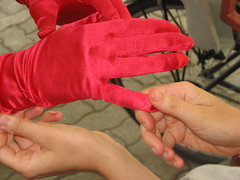


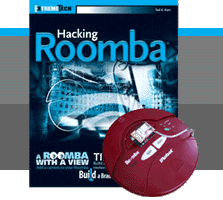
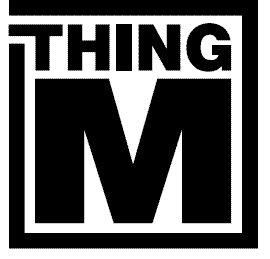




Recent Comments